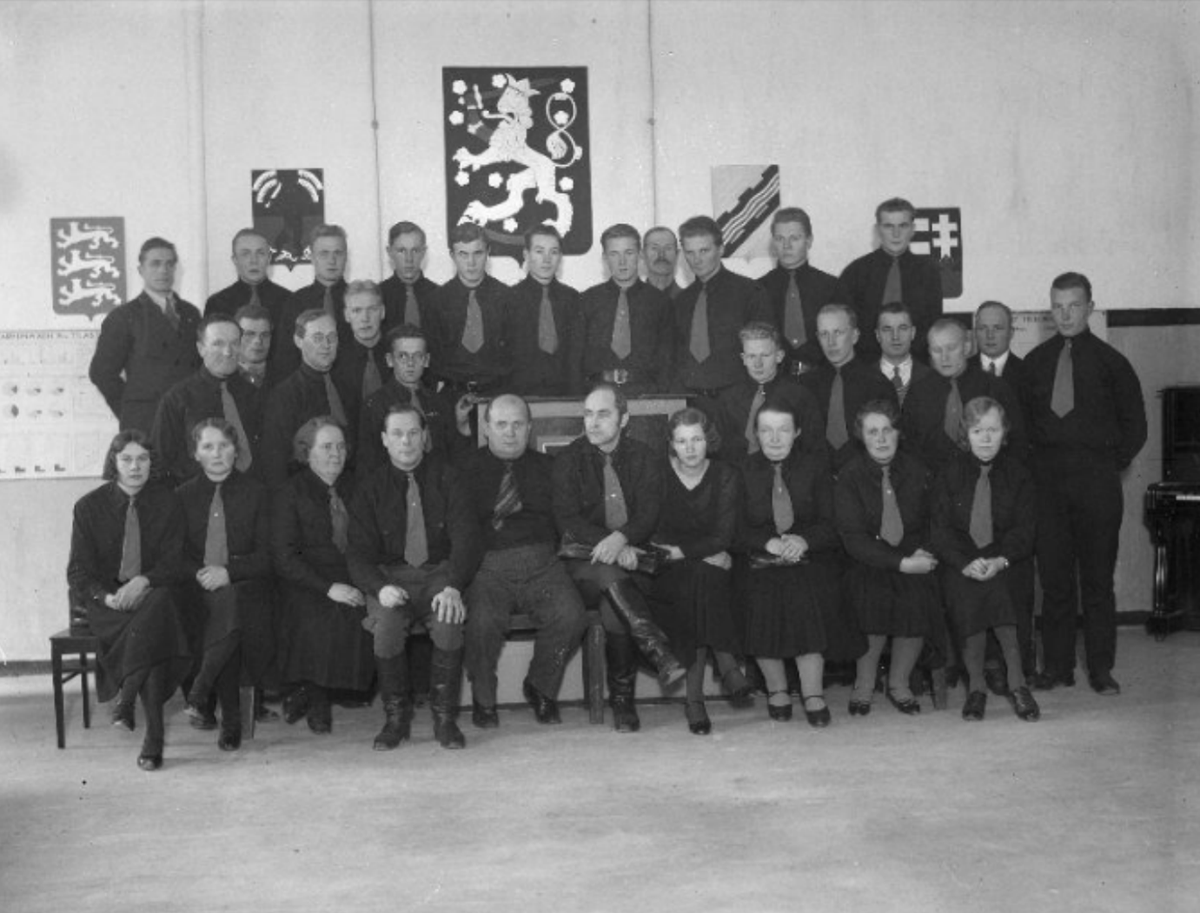In 1919, Finland and Hungary found themselves in a similar situation. Both countries had just fought a war and were failed monarchies now led by a Regent. While Mannerheim gave up power after losing a Presidential election, Horthy took a different path. 2/15
In Finland, mainstream political circles looked at Hungary’s interwar antidemocratic development with contempt. However, in activist circles, there was an effort to create a common Finno-Ugric cultural block to counter the German and Slavic expansion in Europe. 3/15
Finnish nationalist activists compared their Treaty of Tartu to the Treaty of Trianon suffered by Hungary. Finno-Hungarian political activism was fostered in the Academic Karelia Society and in the Hungarian Turanian Society, which made an expedition into Finland in 1924. 4/15
In the Patriotic People’s Movement, the authoritarian governments of Hungary and Estonia were seen as improvements over the decadent Finnish parliamentarism. (Even when the latter had persecuted their nationalist comrades of the Vaps movement) 5/15
In 1937 Finland signed cultural agreements with Estonia and Hungary, where the participants agreed to promote Finno-Ugric Kinship in their countries. The countries would hold one lesson in schools every year discussing Finno-Ugric nations and fund Finno-Ugric research. 6/15
Hungarian literature was translated into Finnish and there was student exchange between the countries. In practice, the cultural agreements didn’t change much but they formalized Finno-Ugric research to official state policy where previously it had only been a private endeavor. 7
When the Winter War started, Hungarians began massive charity work and 25 000 of them volunteered to fight for Finland. At the forefront of these initiatives were Far-right activists who wanted to help their kinsmen as well as liberals who wanted to defend Finnish democracy.
However, sending help proved difficult because Germany prevented the movement of aid to Finland, in accordance with the Molotov-Ribbentrop pact. Only 300 Hungarian volunteers were able to travel to Finland through Italy and England, disguised as ski tourists. 9/15
After their three-week journey, the Hungarians arrived to Finland where they began training. The unit arrived too late to see combat, but they were used to guard the Finnish border. However, some Hungarians did see combat in Finland as fighter pilots. 10/15
In 1940, the Hungarian press sympathized with the Finns and their loss of Karelia, which mirrored the Hungarians own loss at Trianon. As both countries entered the war on Germany's side, their relations deepened. 11/15
Before and during WW2, Hungary provided Finland with a lot of military equipment, from the iconic M/38 Stahlhelm to mortars and anti-aircraft artillery. 12/15
In 1943 Horthy suggested to Finnish politician Edvin Linkomies that young Finnish men should be sent to Hungary as husbands to Hungarian women, in order to improve the Hungarian nation with Finnish racial traits. 13/15
When Finland signed the Armistice with Soviets in 1944, it broke its diplomatic relations with the Axis powers, including Hungary. 500 German and Hungarian civilians in Finland were interned at camps at the orders of the Allies. 14/15

 Read on Twitter
Read on Twitter





























